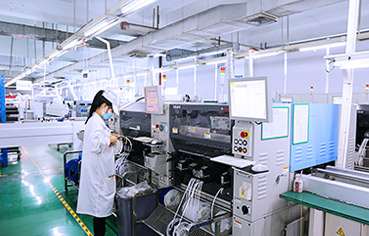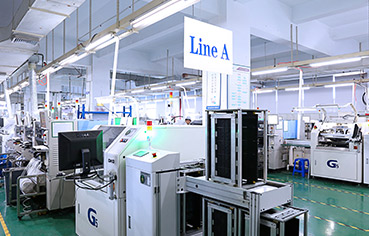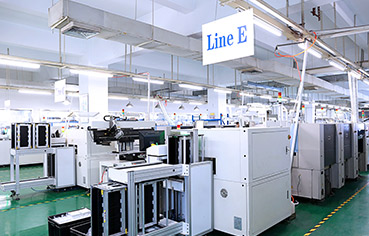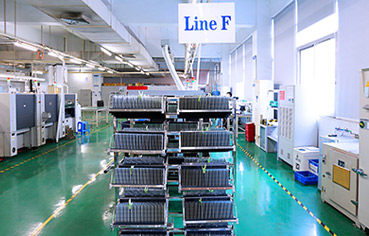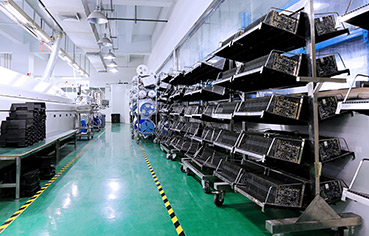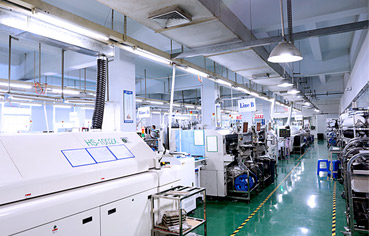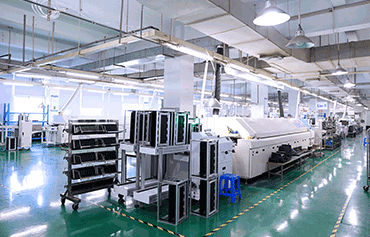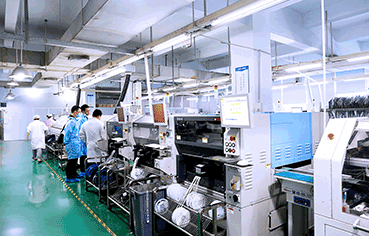Industrial Motherboards: Requirements, Features, and Differences
Whether for ordinary computers or industrial control computers (IPCs), the motherboard is the core component. However, industrial motherboards serve broader applications and harsher operating environments, so users demand higher performance, compatibility, and reliability from them. What key requirements must industrial motherboards meet?
Product Design Requirements
Industrial motherboards need to operate continuously for long periods, requiring special designs for high/low temperature resistance, vibration resistance, and electromagnetic interference (EMI) resistance. Additionally, their components undergo long-term, rigorous verification to ensure high reliability under complex conditions.
Form Factor Requirements
To adapt to diverse industrial sites, IPC manufacturers must provide industrial motherboards with different architectures (e.g., X86, ARM) and sizes, including 2.5-inch, 3.5-inch, 5.25-inch, ATX, and Micro-ATX. High-integration models are also essential to meet environmental and performance needs.
Functional Requirements
- Comprehensive Testing: Before delivery, industrial motherboards undergo extensive compatibility and stability tests—including aging tests, environmental compatibility tests, and software security tests—to ensure long-term trouble-free operation in wide-temperature, humid, vibrating, or dusty environments.
- Rich I/O Interfaces: They feature abundant external interfaces such as serial ports, USB, LAN, and LVDS, along with expansion slots like PCI, PCIe, and Mini PCIe for strong expandability. Multiple display interfaces (VGA, HDMI, DP, DVI, LPT) are also standard.
- Remote Management: Beyond remote connection capabilities, they support unattended remote power-on/off functions. In case of anomalies like crashes, automatic restart ensures high IPC stability.
Other Requirements
Industrial motherboards must operate within a temperature range of -40°C to 80°C. Manufacturers implement special heat dissipation and insulation designs, such as full aluminum enclosures and high-power fans, with targeted treatments for heat-generating components (CPU, north/south bridges, hard drives). Fanless designs are increasingly adopted for low power consumption and heat generation, improving efficiency while reducing failure rates.
Design Characteristics of Industrial Motherboards
- Components: Unlike commercial motherboards (focused on cost-effectiveness), industrial motherboards use industrial-grade resistors, capacitors, and ICs that withstand high temperatures and humidity.
- Interface Design: Interfaces are either customized or expanded for specific scenarios. For example, multi-network-port industrial motherboards power IPCs used in firewalls, vulnerability scanning, industrial gateways, intrusion detection, and centralized monitoring—protecting data security.
- Protection Features: A watchdog timer enables automatic restart after crashes, ensuring stability in harsh environments— a feature omitted from commercial motherboards to cut costs.
Industrial motherboards operate in harsh conditions, meeting industrial-grade parameters: -40°C to 85°C operating temperature, 0-95% non-condensing humidity, resistance to metal/dust particles, and strong EMI/EMC performance with low radiation. They support 24/7 operation throughout their lifespan—capabilities beyond commercial motherboards.
Key Differences Between Industrial and Commercial Motherboards
- Industrial motherboards use industrial-grade components (stable at -20°C to 70°C), while commercial ones do not meet industrial standards.
- Industrial models use eco-friendly substrates and can be coated with conformal coat(moisture, leakage, dust, aging, and corona resistance); commercial PCBs use ordinary substrates with EMI and oxidation resistance.
- Industrial motherboards meet EMI/EMC anti-interference standards.
- Industrial models provide SDKs for secondary development.
Applications of Industrial Motherboards
With long-term stability and extended lifespan, industrial motherboards are widely used in finance, retail, healthcare, all-in-one terminals, IPCs, smart self-service terminals, retail terminals, robots, and industrial automation. Familiar examples include express cabinet displays and mall greeting robot displays, though their primary use remains industrial fields.
Tailored for industrial sectors, industrial motherboards adapt to wide temperatures, harsh environments, and long-term high-load operation, with high customization needs. Touchfly Technology offers highly customizable industrial motherboards for diverse applications.

















